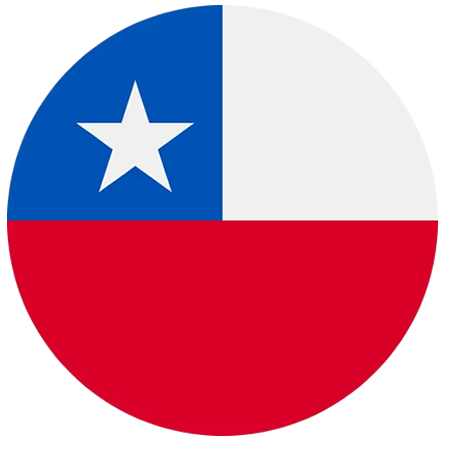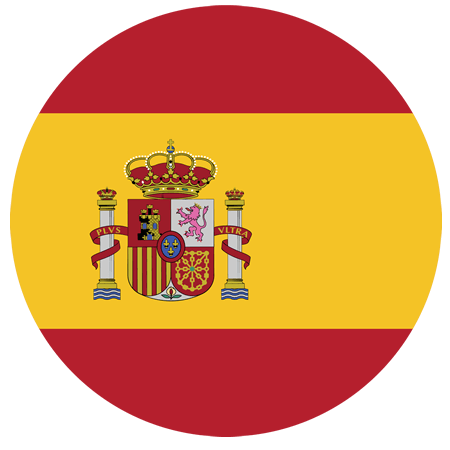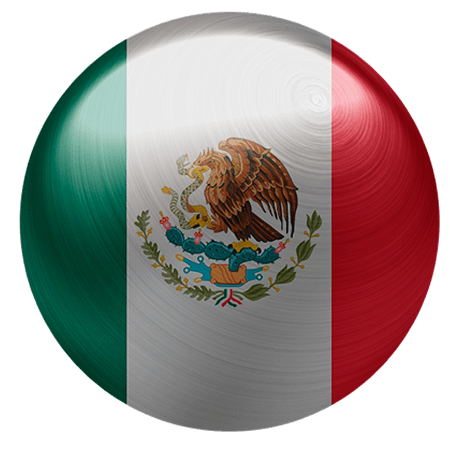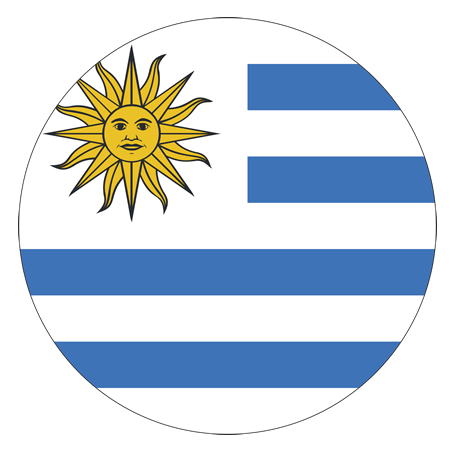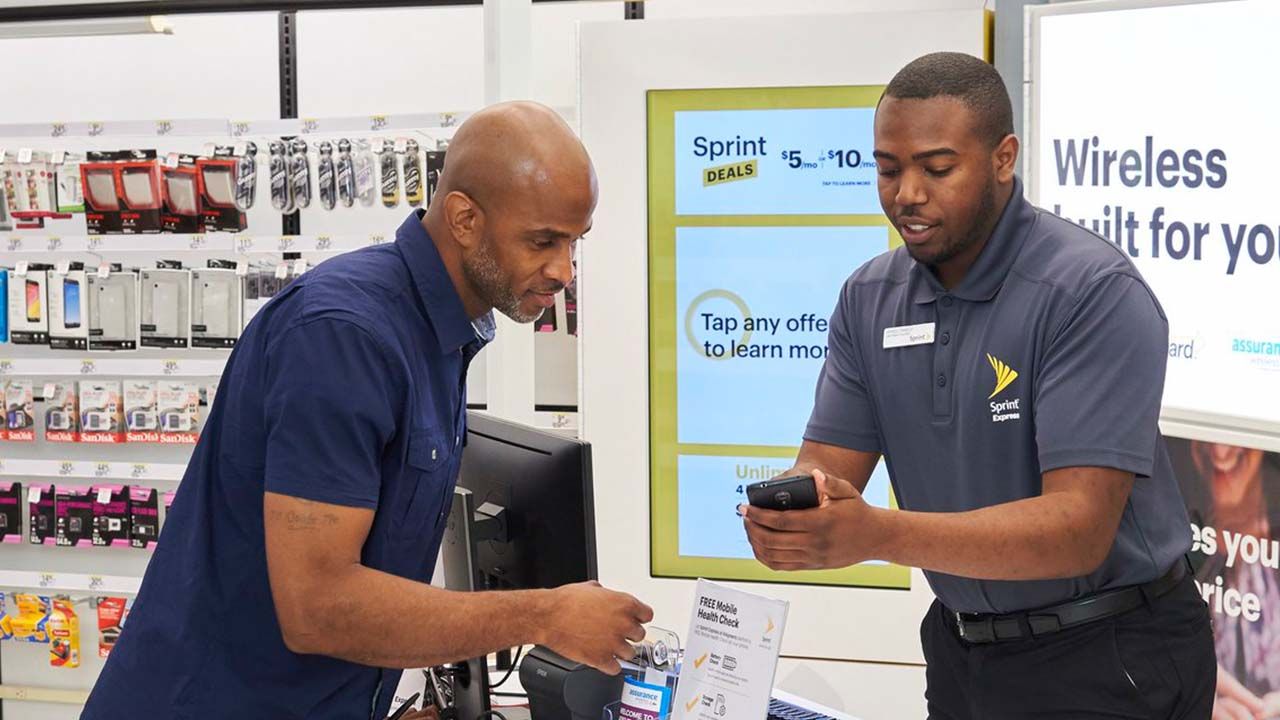You are a retailer but probably your market, needs and goals are totally different from the rest, this is due to the business models in the retail sector. Discover the current trends in this post.
When we talk about retail, we understand that it was to sell large quantities of products to many buyers different to go to a physical store, or do it online through the omnicanalidad. But in addition to this, a set of variations that arise on the basis of the business model used by each retailer.
The model type business selected, marked differences in the structure of investment and financing, as well as in terms of the operational and commercial strategies to implement.
What are business models?
Models business can be defined as the phase prior to the business plan, being the one that allows you to set which thou shalt offer it, to those who will go and how it will.
In other words, it is a tool to analyze what you are, what you do and with what media accounts to reach your business goals.
1. Retail online
Is the trend of mass within the retail industry current in which you can use the e-commerce as a unique business model through an online platform, or make this an add-on sale omnicanal of the physical store.
The retail on-line preserves the purpose of physical stores where they have as their sole objective the sell directly to the end consumer.
2. Retailers of low-cost
The business model retailers of low-cost aims to sell to the mass market, with a strong emphasis on price over quality, and other attributes of the product. In this type of business it operates with profit margins very low, for which they use to their advantage the large volumes they buy their providers to negotiate good discounts.
3. Retail Cost-plus
To sell under the mode cost-plus it means that the prices are accessible, but not as low as the value of the products to the public is determined on the basis of cost plus a profit margin.
The goal is to sell to a mass market but segmentedtrying to maintain margins in the comfortable rather than focusing on the price and do more to offer best quality, service and selection.
4. Retail Premium
Other business model in retail it is aimed at the sale of the products of the first quality, which is intended to markets that are highly segmented with an emphasis on prestige, quality, and performance above the price of the sale to the public.
Many retailers Premium positively correlated to the prestige of the brand with the higher prices, which translates into a sales strategy it is favorable in the segment of customers that they point to capture.
Precisely the price factor conditioned in good measure to this business model, for which the retail Premium manufacture and sell their own products or work with contract manufacturers to develop brand-name products destined to leave high profit margins.
Conclusion
There are many components that are involved in the construction of a business model in retailfactors that determine structures of cost, investment requirements, funding sources and different levels of profit margins for each business.
At present, most of the business models in retail make use of the omnicanalidad as a common factor for the development of their commercial activities. Taking advantage of the benefits of informing and keeping in contact with your customers through all available channels, it becomes possible to to expand the market and thus point to a greater number of sales.
However, there are still many companies in the retail sector to focus its efforts on meeting a specific channel, trying to get the best results possible in an area they know well and using digital channels as a simple add-in with a modest presence.

